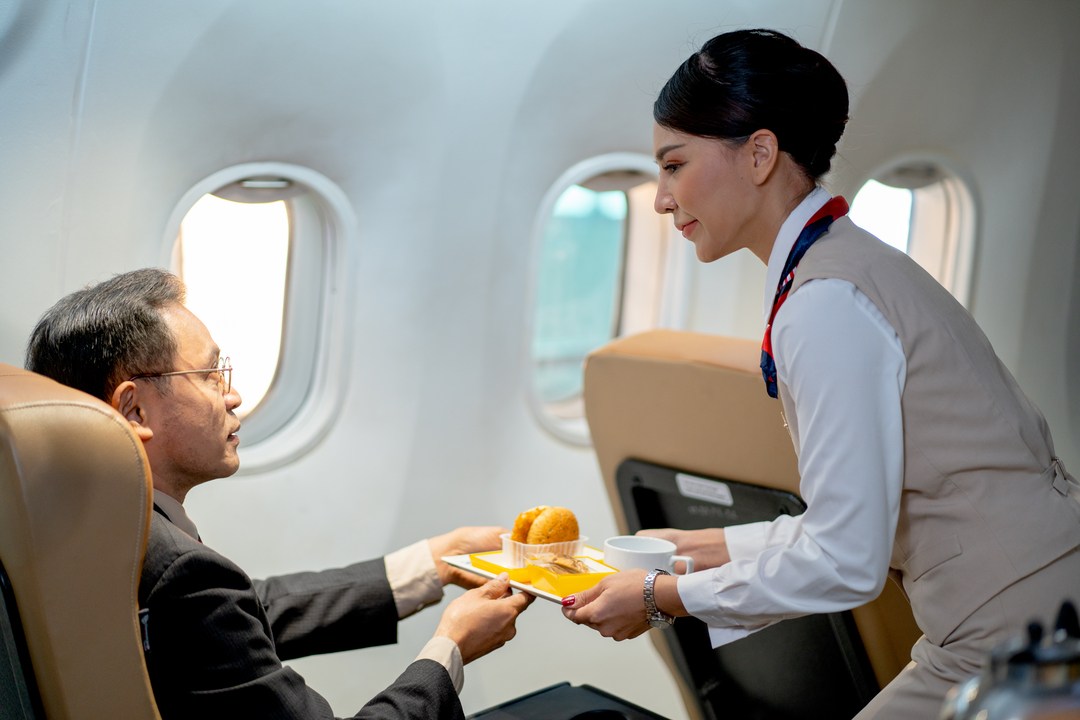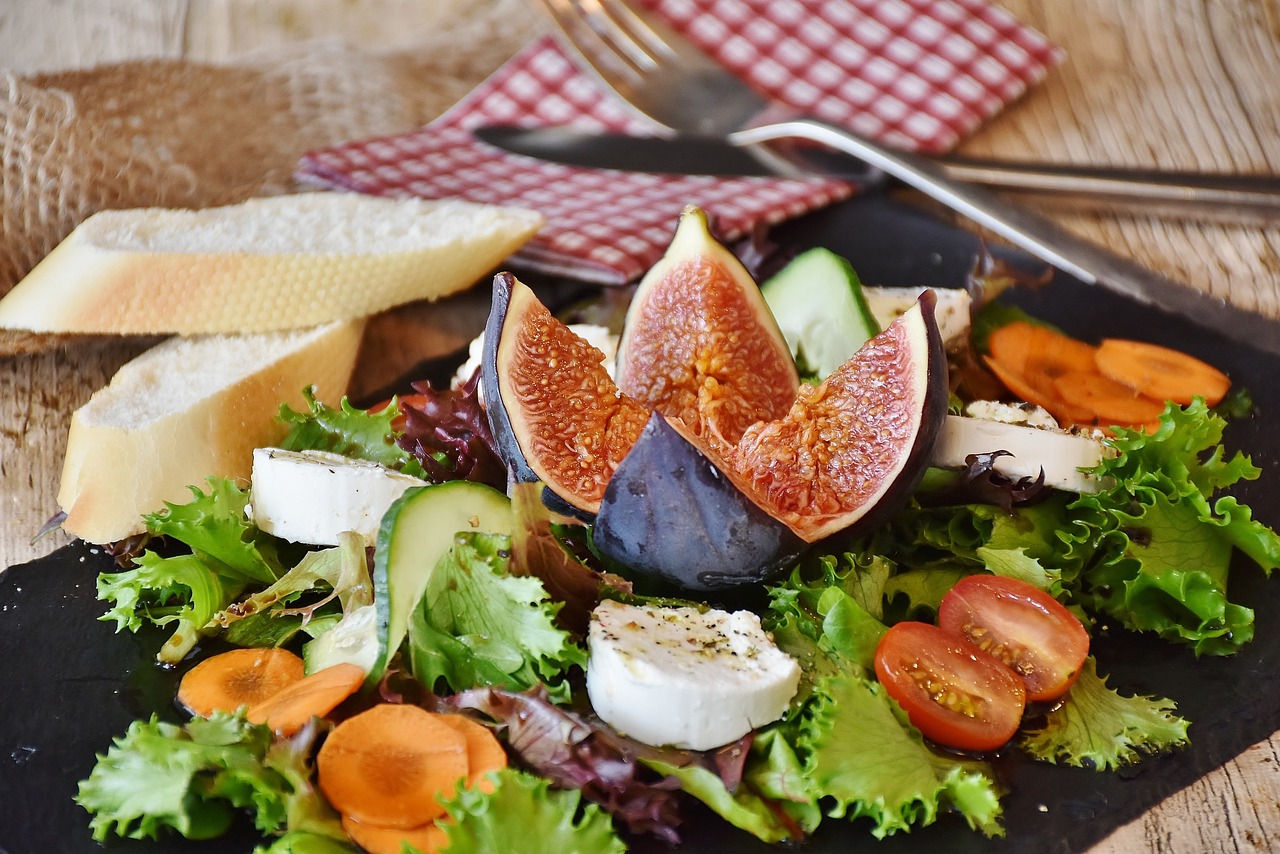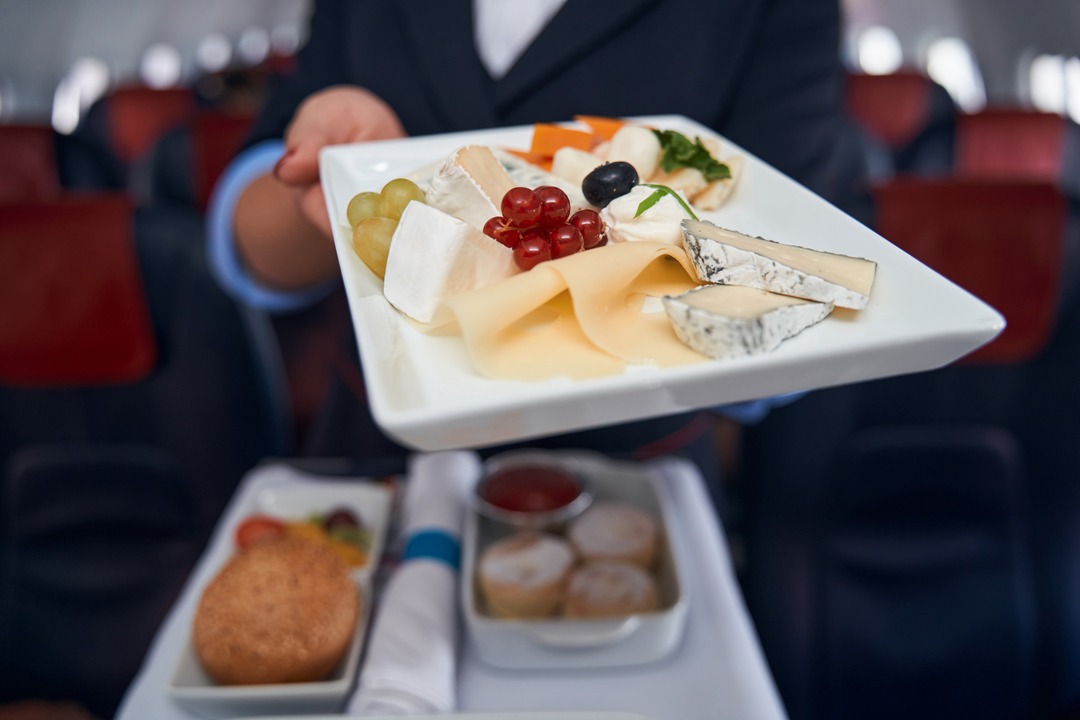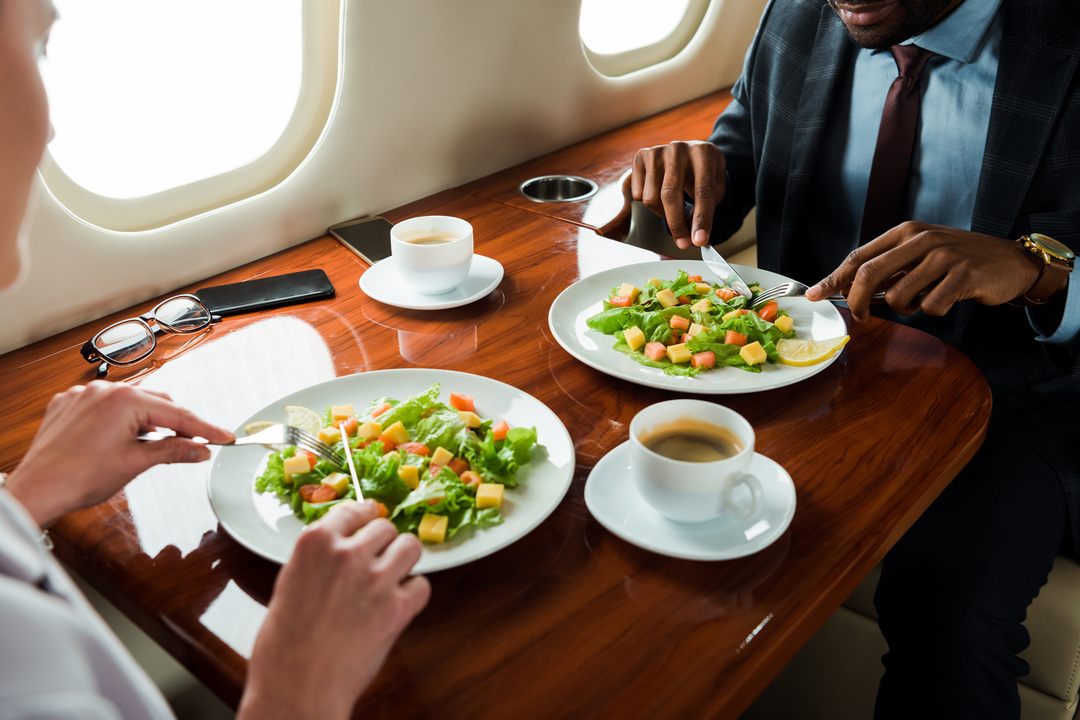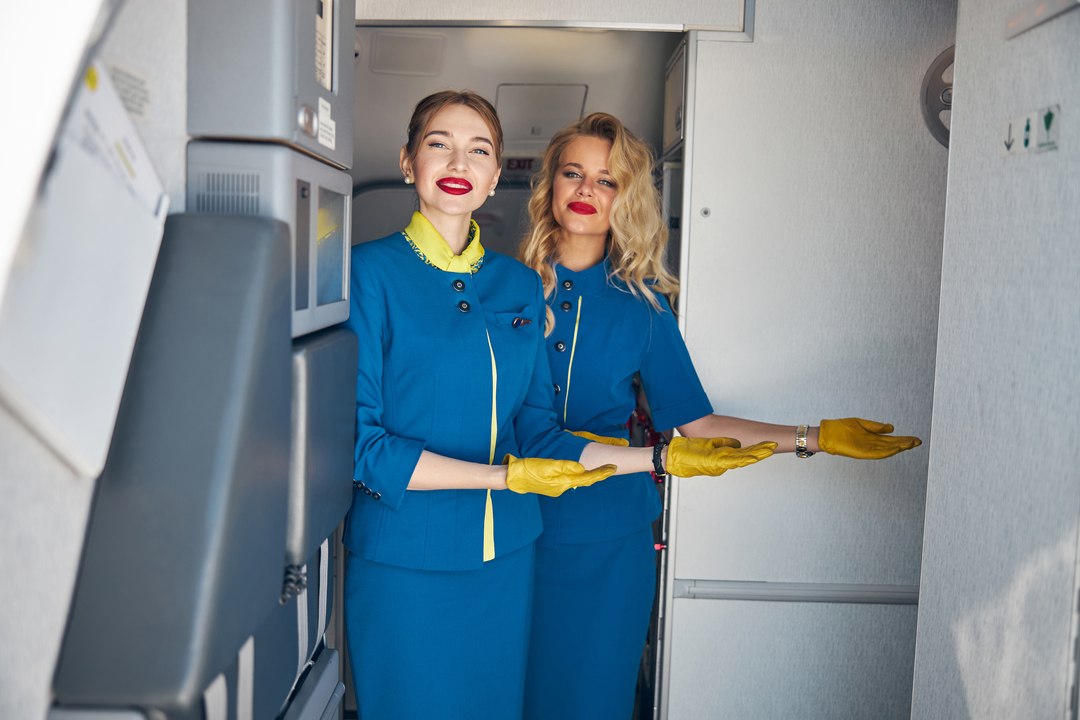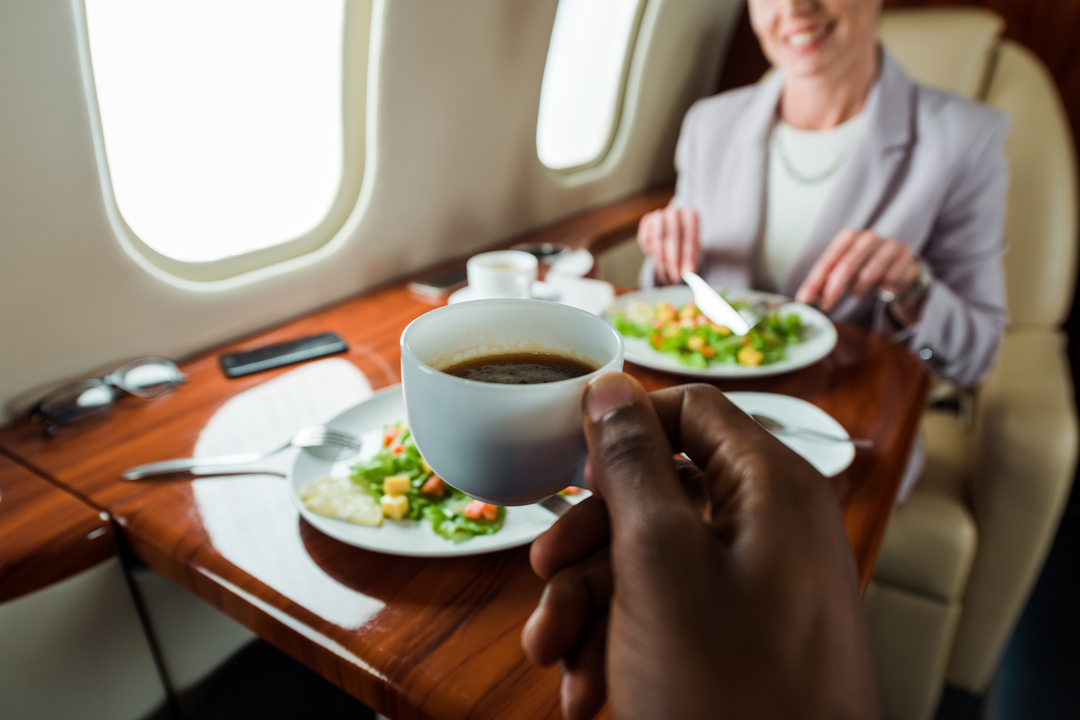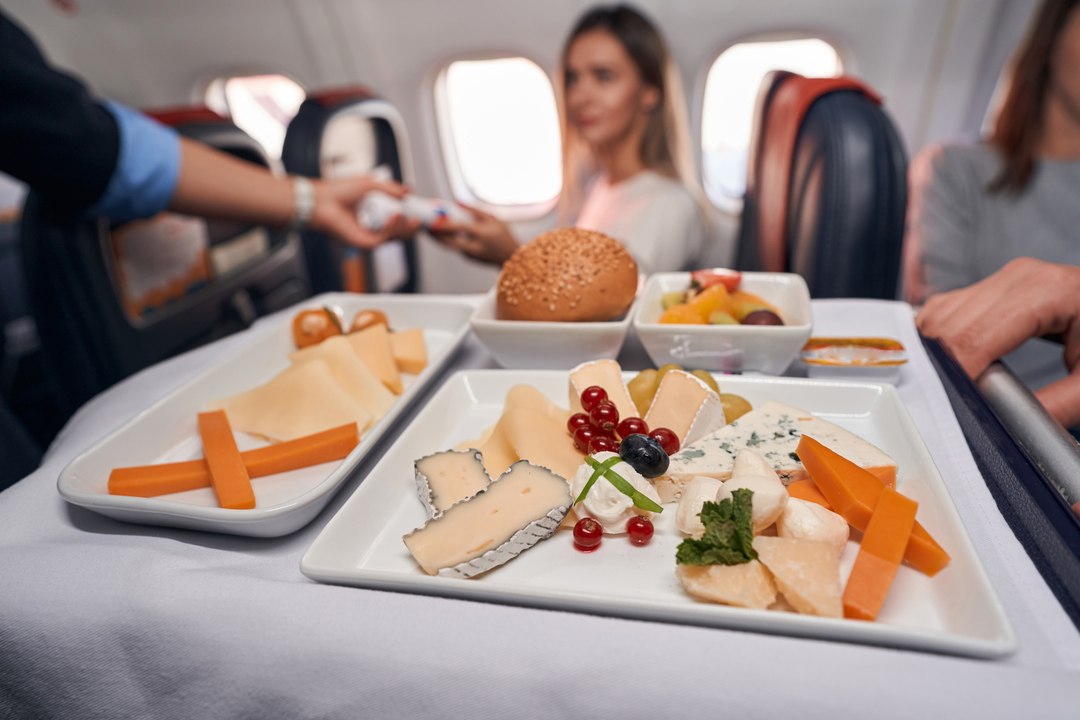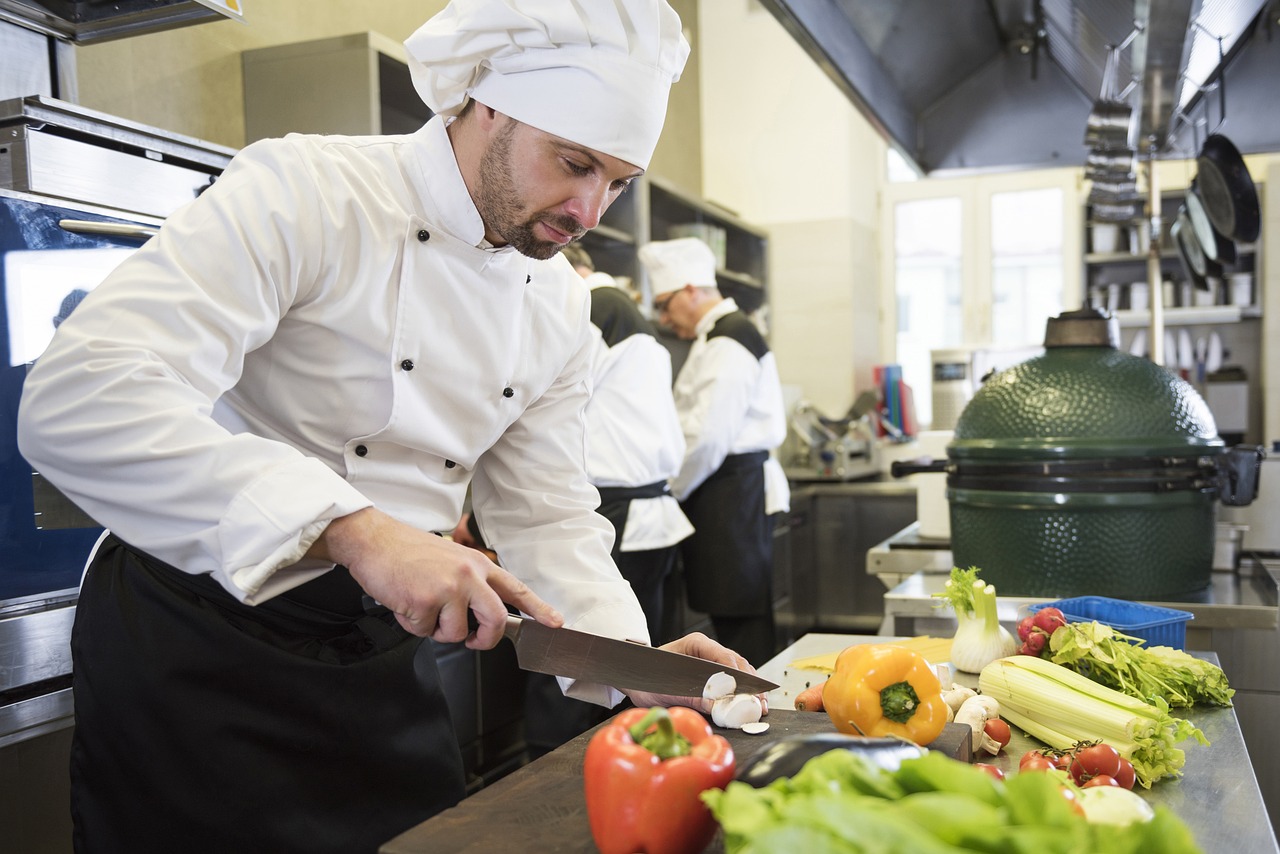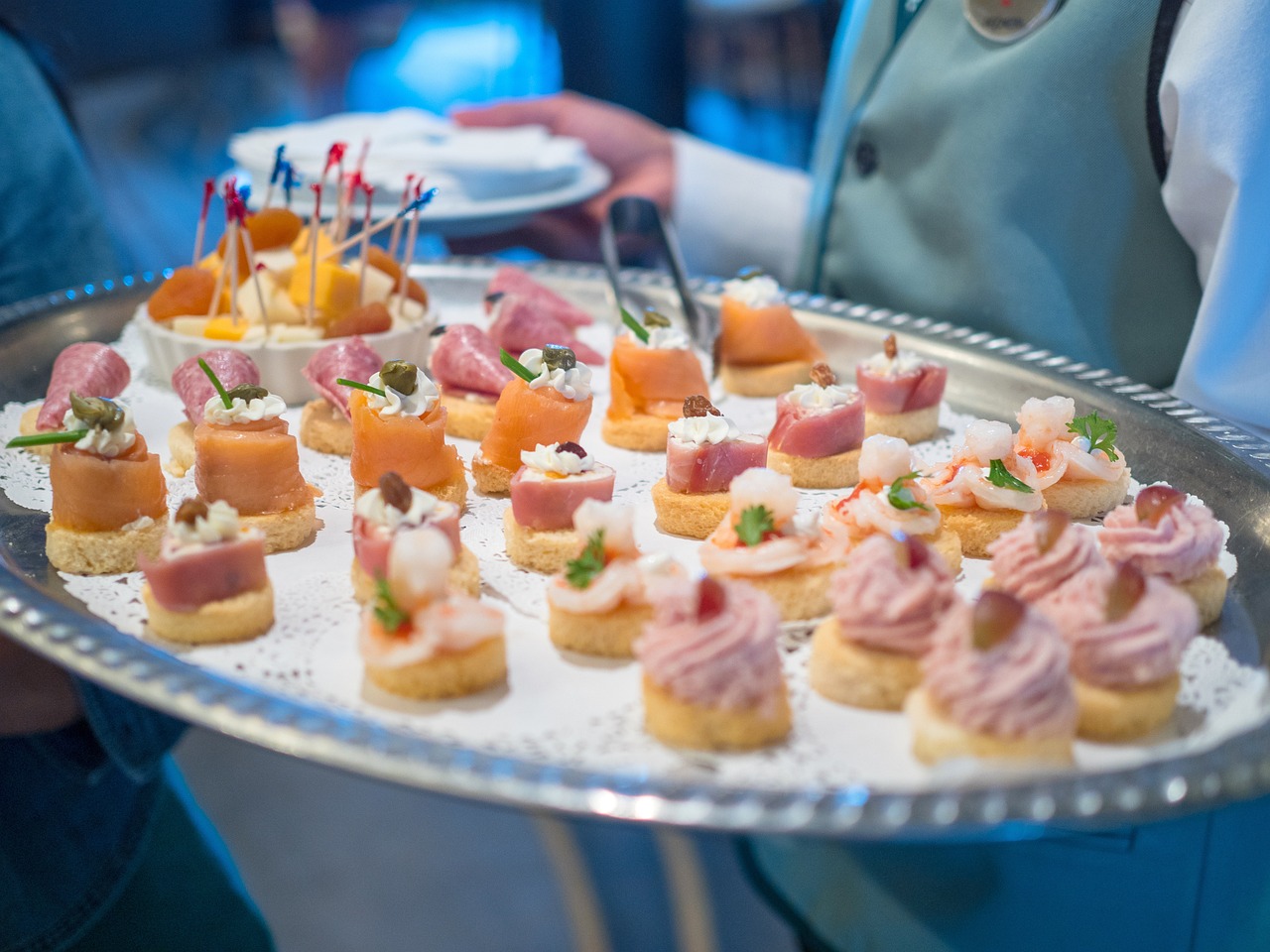The private aviation industry is growing quickly, with business travelers using private jets for global trips. In-flight catering services are crucial in ensuring passengers are well-fed during long flights. Since unexpected passengers sometimes board, it is important to have enough food to avoid disappointing them.
While private aviation aims to provide premium quality food, accommodating surprise passengers has been a challenge. In the past, these passengers were often served smaller portions, but new strategies are being developed to ensure this problem does not occur in the future.
This blog explores private jet catering services for unexpected guests. So, let us begin!
Catering tips for managing unexpected passengers on private jets
As a VIP private jet catering company, Dark Wing aims to provide the best catering for our guests. But once the plane is airborne, we are on our own if there is a problem with the food. Even if we have the perfect catering order, delivered on time and packed properly, things can change when unexpected passengers board.
It can happen with any private jet catering company. So, the question is, what should you do in this situation? Here are some inflight catering ideas for unexpected passengers:
Managing portion sizes for extra passengers
When serving meals, slice and arrange pieces of chicken or steak neatly on the plate using a technique called fanning. This trick can make one serving of protein look larger. The method also allows you to divide one portion between two passengers and helps solve the issue of extra guests.
Inflight caterers typically serve large portions of rice, vegetables and potatoes. However, if there is an additional passenger, you can reduce the portion for others without them noticing.
For rice, you can place a small amount in a warm espresso cup to shape it into a neat timbale. You can also arrange the vegetables creatively to cover up any change in portion size and make the plate look full. For example, you can bundle carrots with a chive or stack green beans for a neat and attractive presentation.
Keep your pantry well-stocked
Although it may sound like a common tip, having a well-stocked pantry on board is very important as it can be a real lifesaver. Pre-cooked rice is a great source of carbohydrates and can come in handy when there are no crew meals available. Since creativity is key in cooking, you can also mix and match ingredients to create new dishes.
A can of high-quality soup or bisque could also be a quick fix for a hungry passenger. Adding cheese to crackers can make a simple snack more filling. This creative approach can be especially helpful if children are on board.
Less is more
Many passengers care more about how the food looks than the actual quantity. In other words, most guests usually prefer an experience with a well-presented meal rather than a large plate.
Some cultures may prefer large servings, and in those cases, a buffet setup can help mask smaller portions. Passengers are often too busy serving themselves to notice the portion size is smaller. The key is to make the food visually appealing.
Fruit platter
A fruit platter is a great option for dessert or extra courses on long flights. However, the person preparing it should be skilled at cutting the fruit into neat and manageable pieces- especially if there is any turbulence. A well-prepared fruit platter can be both nutritious and filling. This makes it a clever way to cover up smaller portions.
Cause a distraction
Create a distraction to cover up empty space on the plate. For instance, you can get creative with balsamic glaze or chocolate sauce from your pantry. Do not use too much, as it could overpower the dish.
While “negative space” is a current food trend, sometimes it is easier to simply distract with a little sauce. But remember, the distraction should complement the dish, not take over. So, keep it balanced!
Garnishing
Garnishing is an important part of making food look appealing. A garnish pack can be very helpful not only for decorating the plate but also for repurposing ingredients for other dishes. Many chefs use edible flowers to decorate oriental desserts, and microgreens are often added to desserts as well.
The cabin crew should take their time and think carefully about how to decorate the food. Nuts or dried fruit from the cheese tray can be added to salads, desserts or Middle Eastern dishes. Leftover salad leaves can work as a garnish too. If you have plain Greek yogurt for breakfast, it can be used to garnish main dishes, soups, desserts or even as a dip.
Creative garnishing helps make the meal look fuller, so passengers do not notice if the portions are smaller. However, before garnishing, it is important to check if any passengers have allergies.
Use crew meals
In case of an emergency, use the crew meals to replace another dish or help stretch the catering further. There is usually enough extra food to make sure everyone is fed by the end of the flight.
It is better to stay calm, take a deep breath and think outside the box while serving unexpected guests on board. If you have a cabin door or curtain, it helps keep passengers from seeing any stress or last-minute changes. Even when things seem tricky, you will often find a way to make it work!
Also Read: Essential Guide to Private Jet Catering: Ensuring Food Safety and Quality
Final thoughts
Private aviation is a popular choice for businesses and celebrities alike. In-flight catering services play a big role in making this experience enjoyable. It is important that the catering is both flawless and hygienic, with fresh food being served.
The pantry should be stocked with enough food to satisfy passengers, including unexpected guests. By serving small and well-presented portions, airlines can reduce waste and ensure that everyone feels welcome and well-fed, no matter how many passengers are on board.
Further Read: Rules of Catering on Private Jets: Expert Tips for an Unforgettable Experience

